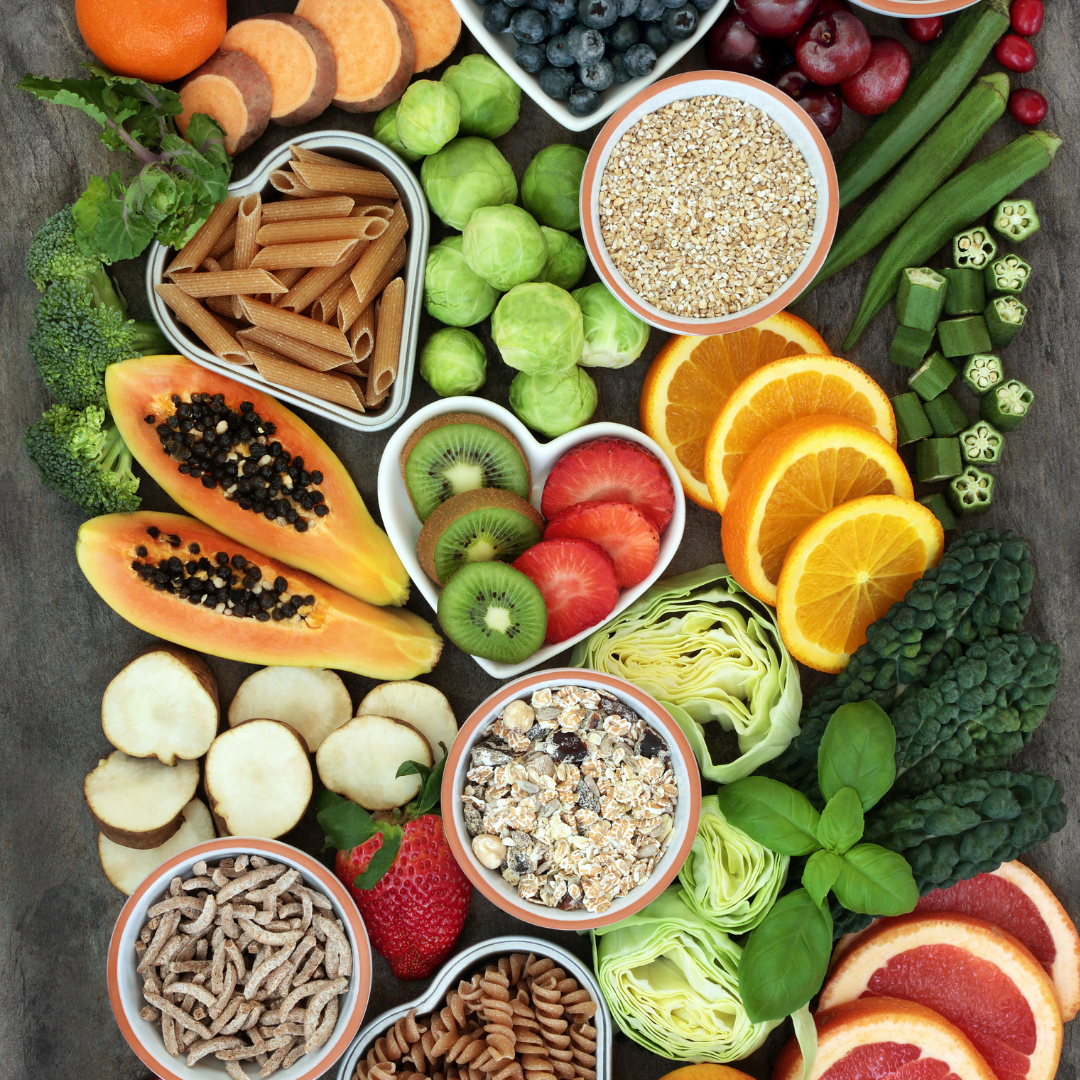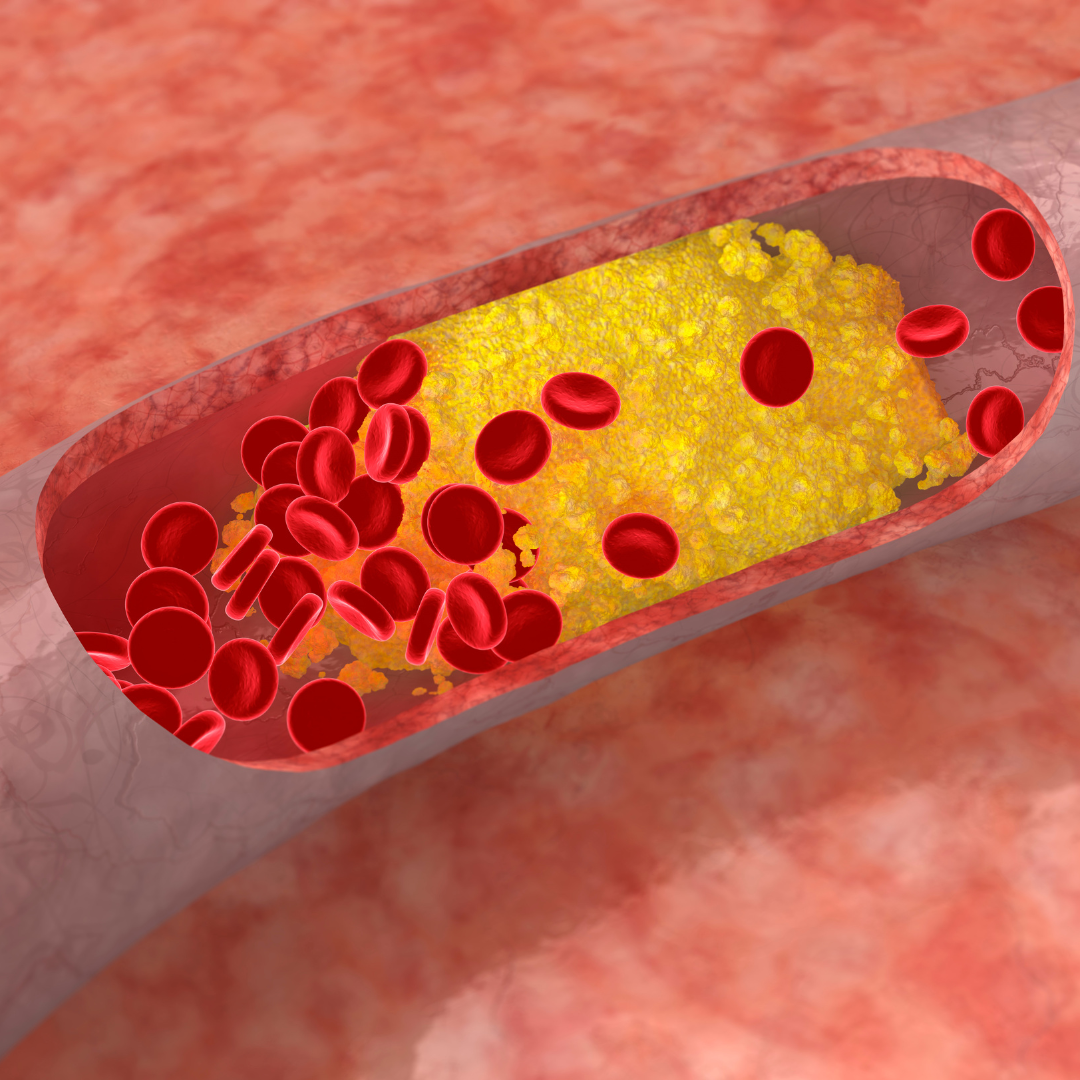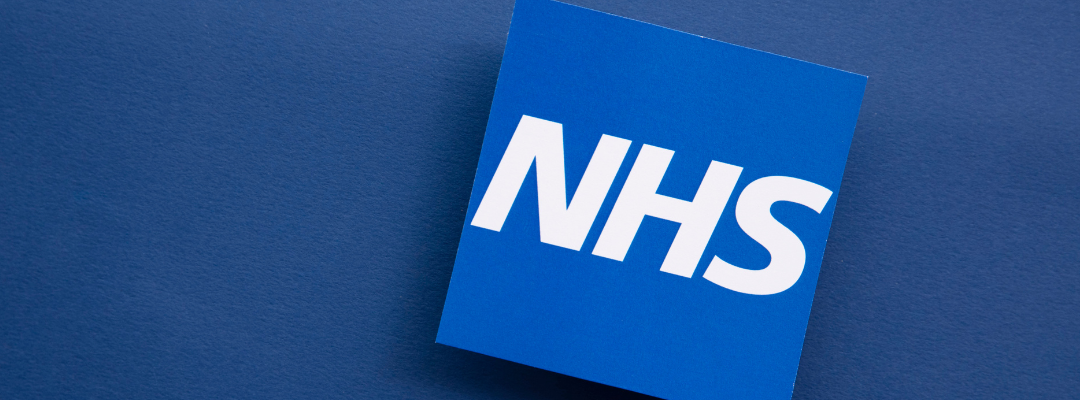
Why We Won’t Stop Raving About Fibre
You might hear me (I’m Lucy Jones [ANutr] by the way!) constantly banging on about fibre. I’ll happily say it's my favourite nutrient - if that's even a thing. But what exactly is fibre and why should you care if you’re getting enough. Well, let me answer that exact question for you.
So, What Actually is Fibre?
Fibre is a non-digestible carbohydrate, meaning unlike other nutrients, it isn’t broken down in the small intestine. Instead, it travels to the large intestine… which is where the magic happens.
Let’s Talk the Importance of Fibre
This is where the ‘wow’ factor of fibre occurs - it really is your best friend.
I’m sure most of you know that fibre helps prevent constipation (although too much can also cause this!) by bulking out your stools, which eases stool movement through the bowel. Part of this effect is because one type of fibre (soluble fibre) forms a gel-like substance with water, which ultimately softens your stools. Research has also shown links between a high fibre diet and reduced risk of bowel cancer.
Beta-glucans, found in oats, have been linked to aiding a reduction in cholesterol levels, which helps reduce your risk of heart disease, stroke and type 2 diabetes. In fact, it’s suggested that for each 8g increase in your daily fibre intake, you reduce your likelihood of experiencing heart disease by 19% and type 2 diabetes by 15%.
Fibre can help with weight management by helping you feel fuller for longer, since fibre takes longer to digest than ‘Simple’ carbohydrates. This also means fibre helps prevent sharp increases in your blood sugar levels.
Now, did you know we’re host to trillions of micro-organisms which live in our gut (yet, don’t pay rent… or do they?). However, our gut is mostly home to bacteria which can be beneficial to your health. These bacteria feed from the fibre in your diet to produce beneficial substances, including short chain fatty acids, which can elicit effects such as appetite control (So I guess they are paying rent?). Plant diversity in your diet is crucial to keeping these bacteria happy - aim for as much variety as possible. Grains, beans, pulses, fruits, vegetables, herbs and spices - they’re all welcome.
That’s All Good… But How Much of This Stuff Do I Need?
In the UK, it’s recommended an adult has 30g/day of fibre - yet on average we’re only having 18g/day. And look - I know we can do so much better than this! Habits take time to build, but make adding fibre a daily habit so you can benefit in the long term.
You can find fibre in numerous foods - whole grains (maybe try brown rice for a change), lentils (switch beef mince for lentils in your next bolognese), fruit and veg (we recommend them for a reason) and nuts and seeds.
We’re not looking for overnight miracle changes in your fibre intake - in fact, I wouldn’t advise it. Increasing your fibre intake too dramatically in a short time period may leave you feeling a little gassy!But don’t forget to increase the amount of fluids you drink when upping your fibre - this is super important since fibre soaks up lots of water.
References
The Science of Nutrition by Rhiannon Lambert (2021)
Find more blogs like this:
www.harleystathome.com | Instagram @harleystreetathomemenopause
Facebook: Search Harley Street at Home: Diagnosis, Symptoms & Treatments or Harley St at Home: Lifestyle, Self-Care and Lifestyle to join our private community



